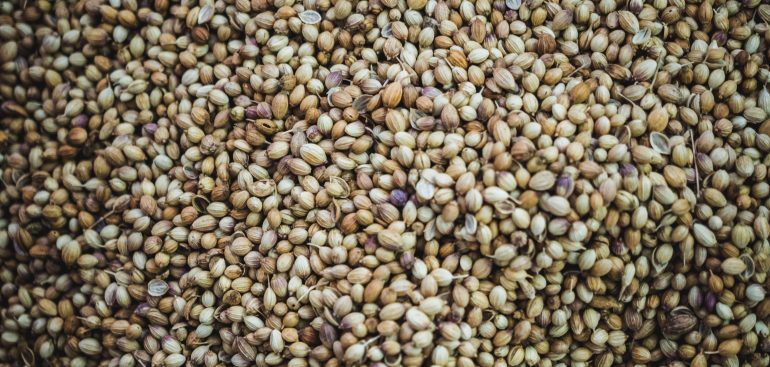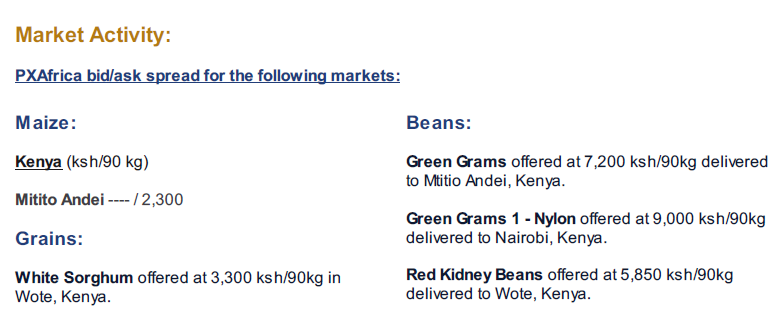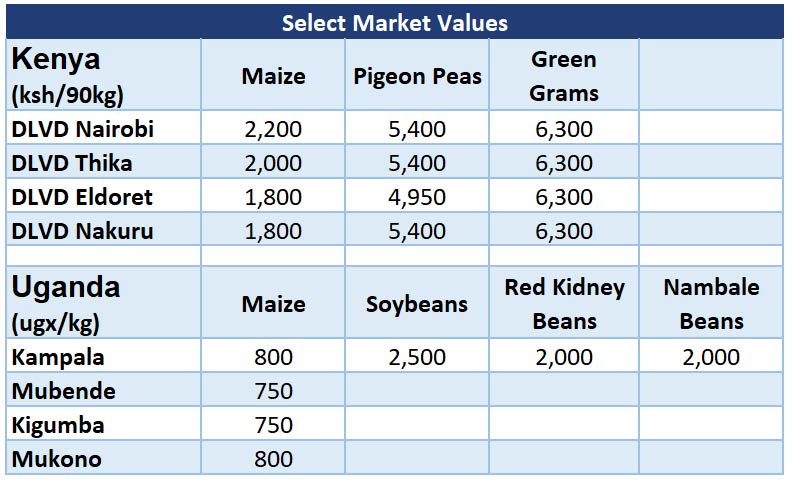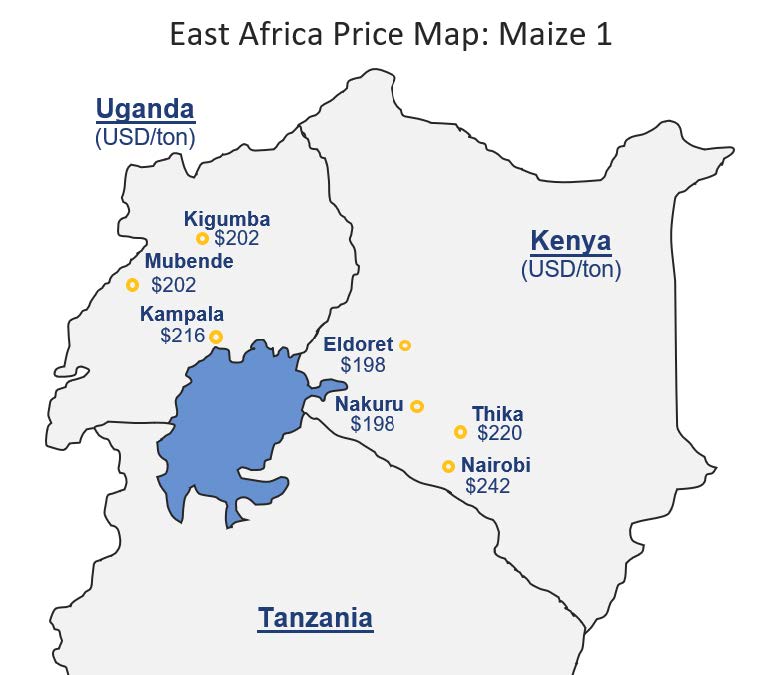Africa News
Market Update 03-20-19
Kenya:
Last season productivity
Last seasons maize, beans, and pulses production is near completion and is estimated to be below average compared to previous years. This was driven by delayed and below-average rainfall resulting in sporadic crop failure, thus decreasing potential harvest yields.
Wholesale maize prices remained well below Kshs 2,000/90kg in February, driven by high carryover stocks from the 2017-2018 season, availability of 2018 long rains harvests from high and medium producing areas of the Rift Valley and Western Kenya, and significant but declining cross border imports from Tanzania and Uganda. In smaller markets, maize crop from the current harvest as well as the availability of substitutes including sorghum and millet have put a cap on prices.
The distribution of the March to May 2019 seasonal rainfall is expected to be good over most of the western sector and generally poor over the eastern sector of the country, especially in the Arid and Semi-Arid Lands (ASALs). However, the existence of tropical cyclones and the unfavorable sea surface temperature patterns in the Indian and the Atlantic Oceans are likely to result in poor distribution even over the western sector of the country.
The MAM 2019 seasonal rainfall onset was expected in March over most parts of the country. However, sunny and dry weather conditions are likely to persist over the better part of the country and more so the Eastern sector of the country and Northwestern Kenya.
Uganda:
There has been a slight fall in the maize prices due to the lack of movement of grain destined for the Rwanda market. There remains a closure of the Rwanda-Uganda border which has affected the trade flow between the two East African Community members with some estimates at USD 30m of lost business. Ugandan traders are looking East to the Kenyan market but prices there have not been as high as expected but it remains the only viable trade route before the new crop enters the market in June and July.
Soybeans continues to be the sought after oilseed as prices in Kampala rise upto UGX 2,500 per kg but supply remains low though some small stocks remain in the Lira-Minakulu area. Due to the demand and the increase in price many farmers are planting soybeans as opposed to maize to target the June-July harvest.
Uganda lacks enough planting seeds
There are only 35 certified seeds companies in the country producing an estimated 18,000 metric tons of seed which represents a dismal 30% of the required seeds for the local market, Ministry of Agriculture top officials have revealed. Statistics show that due to limited use of improved seed, the current farm level crop yields are far below potential. For instance, yields of beans, a major crop, ranges between 300-500kg per acre per season compared to a potential of up to 900kg per acre per season.
WFP poisoned porridge: Samples sent to South Africa
Investigations to establish what caused the death of two people and the illness of dozens in two districts in Karamoja region after eating Super Cereal, a fortified blended food distributed by the United Nations World Food Programme (WFP) have started. Food samples, according to the statement have been sent to a laboratory in Mombasa, Intertek Kenya LTD and another in Johannesburg Intertek Testing Services, S.A. LTD, for further analysis. Preliminary results of the Government investigation are expected in the next 24 hours. While results from abroad are expected within the next five to seven days. Super Cereal is a key component in WFP’s support to the Government’s nutrition programmes that aim to prevent stunting or life-threatening malnutrition.





